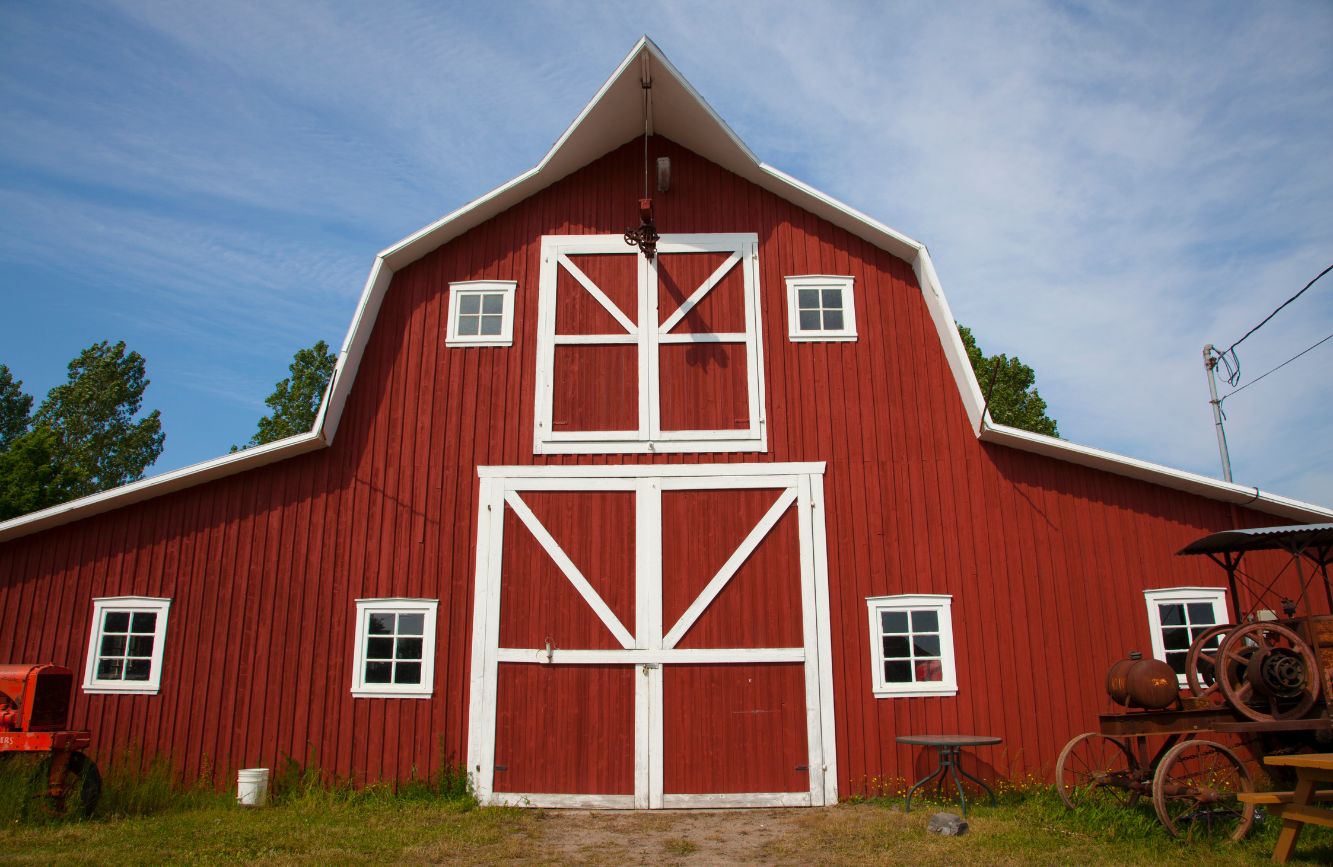
An Amish barn is a traditional, hand-built structure crafted by the Amish, a community known for its simple lifestyle, skilled craftsmanship, and deep connection to agricultural heritage. Amish barns are more than just functional farm buildings; they embody the values of hard work, community, and sustainability that define the Amish way of life. These barns are widely admired for their quality, durability, and timeless beauty.
1. Craftsmanship and Tradition
Amish barns are typically built using time-honored techniques that have been passed down through generations. The Amish are known for their commitment to craftsmanship and attention to detail, which results in barns that are not only aesthetically pleasing but also structurally sound. Unlike modern buildings that rely heavily on power tools and machinery, Amish barns are often constructed using hand tools, and electricity is avoided in keeping with their simple lifestyle.
One of the key features of an Amish barn is the timber framing method. This involves using large wooden beams that are joined together through mortise-and-tenon joints, rather than nails or screws. This technique creates a strong and stable structure capable of withstanding harsh weather conditions. The timber used is usually sourced locally and chosen for its quality and durability, contributing to the barn’s longevity.
2. Barn Raising: A Community Event
A unique aspect of Amish barns is the practice of barn raising, where the entire community comes together to help construct a barn for one family or farmer. Barn raising is an essential tradition that reflects the Amish belief in mutual aid and community support. It is a collective effort where men, women, and children all contribute to the building process, often completing the barn in just one day. This sense of cooperation and teamwork not only speeds up construction but also fosters strong bonds within the community.
3. Functionality and Design
Amish barns are designed primarily for agricultural use, including storing hay, housing livestock, and storing equipment. The barns often have multiple levels, with the upper level used for hay storage and the lower level for livestock. These barns are built to be highly functional, with large doors and open spaces for easy access to equipment and animals.
While Amish barns maintain a traditional, rustic appearance, they can be adapted for modern uses, such as garages, workshops, or even homes. However, they retain their simple, practical design, which reflects the Amish principle of living minimally and sustainably.
4. Durability and Sustainability
Built with high-quality materials and skilled labor, Amish barns are incredibly durable and can last for generations. The reliance on natural materials and traditional building techniques ensures that Amish barns are environmentally sustainable. These barns are a symbol of the Amish commitment to living in harmony with the land and respecting nature.
Conclusion
An Amish barn is more than just a building—it’s a testament to the values of craftsmanship, community, and sustainability. Whether used for farming or adapted for modern purposes, Amish barns are admired for their timeless quality and enduring beauty.
